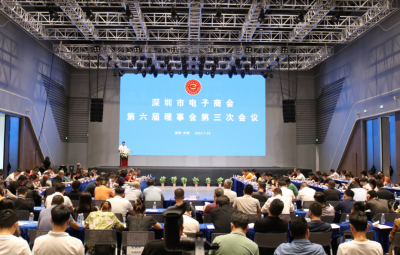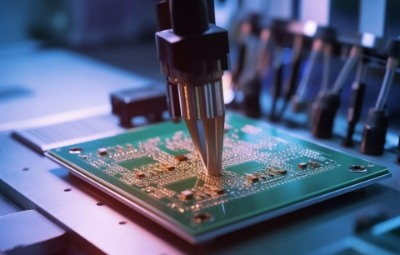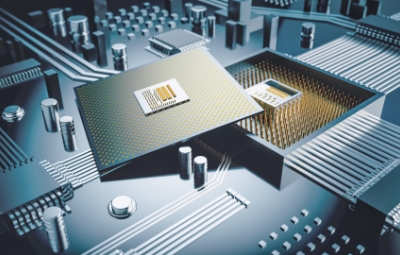As portable mobile devices become increasingly compact and lightweight, higher demands are placed on power ICs, such as high reliability, high integration, anti-interference, low noise, and low power consumption. The TP4056 is an integrated circuit designed for single-cell lithium battery charging management, requiring very few external discrete components to build. This chip is made into an electronic module for convenient application.
01 Design Requirements of the Flashlight
1. Battery: 4 x 18650 batteries in parallel, voltage ranging from 2.6V to 4.2V.
2. LEDs: 3 x 3A LEDs in parallel, with VF3.3V/VF10V shared.
3. Circuit Structure: Built-in charging detection with XBLW TP4056 chip, microcontroller for dimming, LTC3785 chip for boosting/current expansion, microcontroller outputting PWM signals to control MOSFET duty cycle for dimming.
4.Function:
- Battery Level Indicator: Using a bi-color LED, red light when charging, green light at full charge (4.2V). During discharge, red light flashes slowly (approximately 800ms) when battery voltage is 3.6V, and flashes quickly (100ms) at 3V.
- Dimming: Single button for stepwise selection of brightness levels (100% high, 50% medium, 30% low, SOS, fast flash, off). Long press for continuous dimming downwards, another button for continuous dimming upwards.
- SOS Definition**: As shown in the oscilloscope waveform diagram, understanding it as connecting two lines, three quick flashes, 2500ms pause, three quick flashes, 800ms pause, three slow flashes, and then cycle. Quick flash: on 300ms/off 300ms, slow flash: off 800ms/on 800ms.
02Circuit Characteristics
Screenshots of the flashlight source file
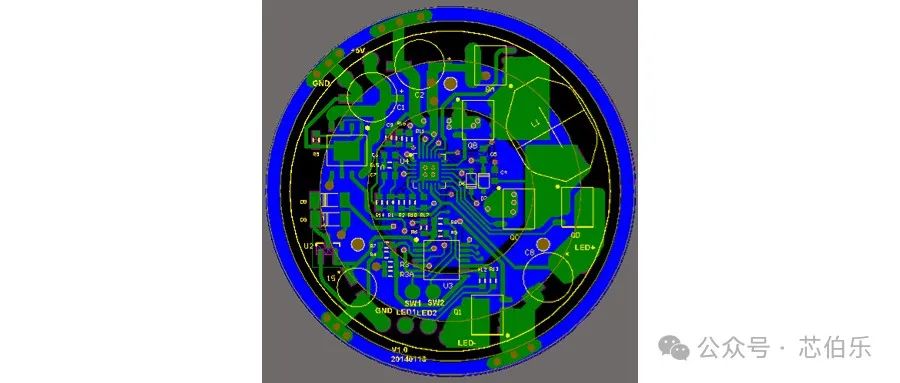
Images
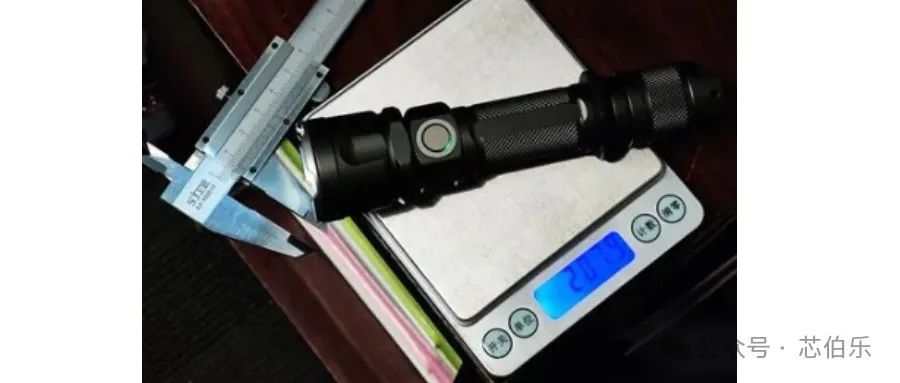
Screenshots of the finished flashlight product

ImagesRelevant chips used in the solutionImages
03 Introduction to the Charging Chip XBLW TP4056
The TP4056 is a complete single-cell lithium-ion battery linear charging controller with constant current/constant voltage. Its SOP8 package with heat sink on the bottom and few external components make the TP4056 ideal for portable applications. It works well with both USB power and adapter power. Due to the internal PMOSFET architecture and reverse charging protection circuit, no external isolation diode is needed. Thermal feedback regulates the charge current to limit the die temperature during high power operation or high ambient temperature.
Chip Features:
- ±1.5% accurate 4.2V preset charge voltage
- Charge current monitor output for battery capacity detection
- Automatic recharge
- Dual charge status output, no battery, and fault status indication
- C/7 C/10 charge termination
- 55uA supply current in standby mode
- 2.9V trickle charge device version
- Soft-start limits inrush current
- Battery temperature monitoring function
- 8-pin SOP package
Pin definition diagram
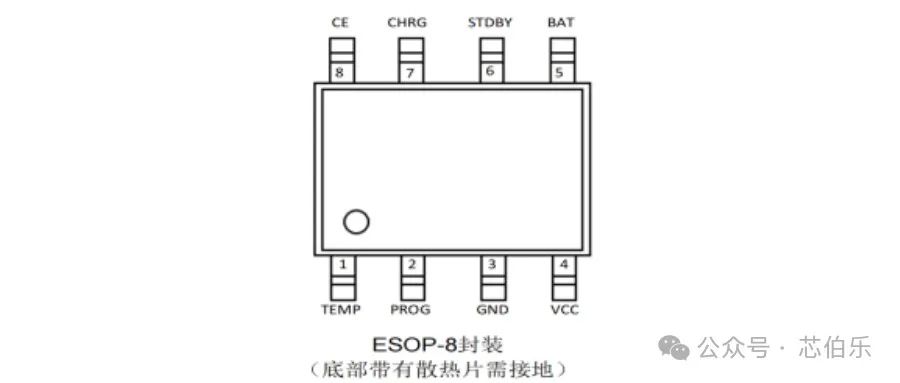
Design Considerations:
- The charging current of the XBLW TP4056 is best kept at 0.37C of the battery capacity, which is 0.37 times the capacity. For example, for a 1000mAh battery, a charging current of 400mA is sufficient. Charging too fast will result in poor charging performance, causing a significant voltage drop after charging.
- If the input voltage of the XBLW TP4056 is too high, such as 5.2V or even 5.5V, the charging current will be less than 1000mA, which is normal. High voltage causes the chip to reduce the charging current automatically to prevent overheating.
- The chip heating to around 60 degrees Celsius during operation is normal due to its high charging current. (If conditions allow, an 8x8mm aluminum heat sink with 3M thermal adhesive can be used to enhance chip cooling.)
- Note: When charging a lithium battery with the XBLW TP4056, disconnect the battery load to avoid damaging the XBLW TP4056.
Relevant documents

04Applications and Products

- Multifunctional rechargeable fan

- Wireless charging Bluetooth speaker

- Rechargeable electric screwdriver
The TP4056 charging chip by Xinbol Semiconductor is stable in performance and suitable for various charging solutions. For those interested in this chip or solution, including product cost optimization, selection, and technical support, we welcome industry professionals to exchange and communicate.
Recommend News
-
Phone
400-9682 003

